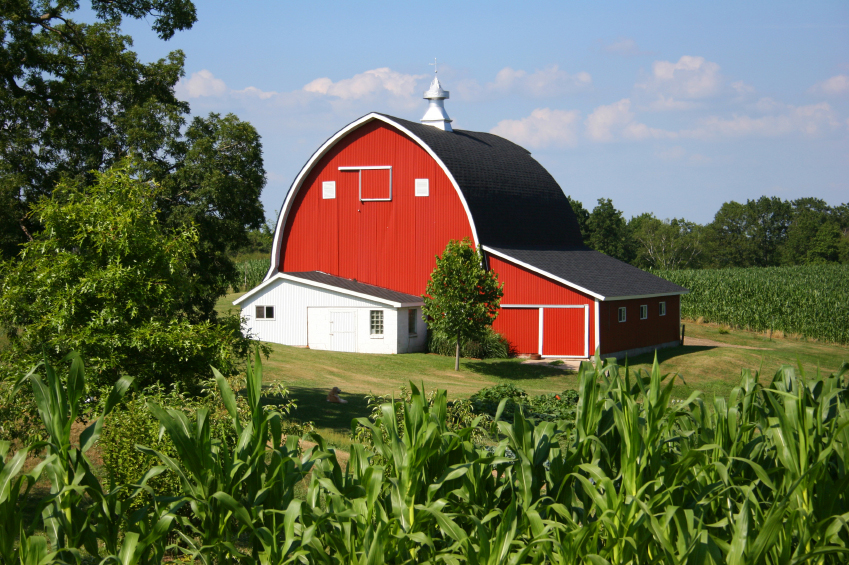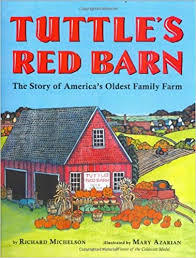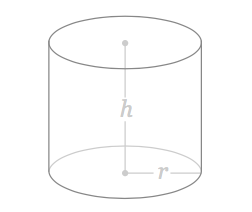A barn is an agricultural building. There are many types of barns—poultry barns, dairy barns, pig barns, lambing barns, hay barns, etc.—and each type serves a specific purpose or function. Barns can be used to shelter livestock, to produce a specific farm product, to store farm products and equipment, or for a combination of purposes.
The specific use of a barn determines its design. Production barns are used to produce a specific farm product such as a dairy barn that houses a milking parlor. Storage barns are organized specific to the crops or equipment that will be stored there. Livestock barns shelter animals and protect them from predators, diseases, bad weather, and extreme temperatures. Livestock barns are engineered to meet the needs of specific livestock—dairy cows, beef cattle, turkeys, chickens, sheep, pigs, etc. Access to feed, water, lighting, and fresh air, as well as waste management and sanitation, must be taken into consideration when designing a barn for livestock. General purpose barns are constructed to be used for a combination of purposes.
A barn’s purpose may change over time. A barn that once housed livestock may now house farm equipment, such as tractors, combines, and hay bailers. A farmer may modify a barn to meet the needs of a changing farm. Modern barns utilize high-tech equipment, such as climate control, monitoring systems, robotic assistants, automated feed systems, and sensors, to increase farm efficiency and decrease costs.
There are many benefits to storing hay bales inside a barn. Storing hay in a barn maintains better hay quality, maximizes the nutritional value of the hay, exposes the hay to less moisture and sunlight, decreases the likeliness of spoilage, decreases hay waste, and cuts costs.

 Discuss with students that barns serve many purposes for farmers. Barns can be used to shelter livestock, to produce a specific farm product, to store farm products and equipment, or for a combination of purposes. In this story, the author takes readers on a journey through time of how one family grew their farm with the changing times and how they adapted the function of their barn to their farming needs.
Discuss with students that barns serve many purposes for farmers. Barns can be used to shelter livestock, to produce a specific farm product, to store farm products and equipment, or for a combination of purposes. In this story, the author takes readers on a journey through time of how one family grew their farm with the changing times and how they adapted the function of their barn to their farming needs.  as partners, or in small groups to design and construct their models. Provide each student, partnership, or group with the following materials:
as partners, or in small groups to design and construct their models. Provide each student, partnership, or group with the following materials:
 that will fit inside their hay barn model. First, students will need to find their barn volume (length x width x height). Then they find the bale volume, which is the volume of a cylinder (h x
that will fit inside their hay barn model. First, students will need to find their barn volume (length x width x height). Then they find the bale volume, which is the volume of a cylinder (h x